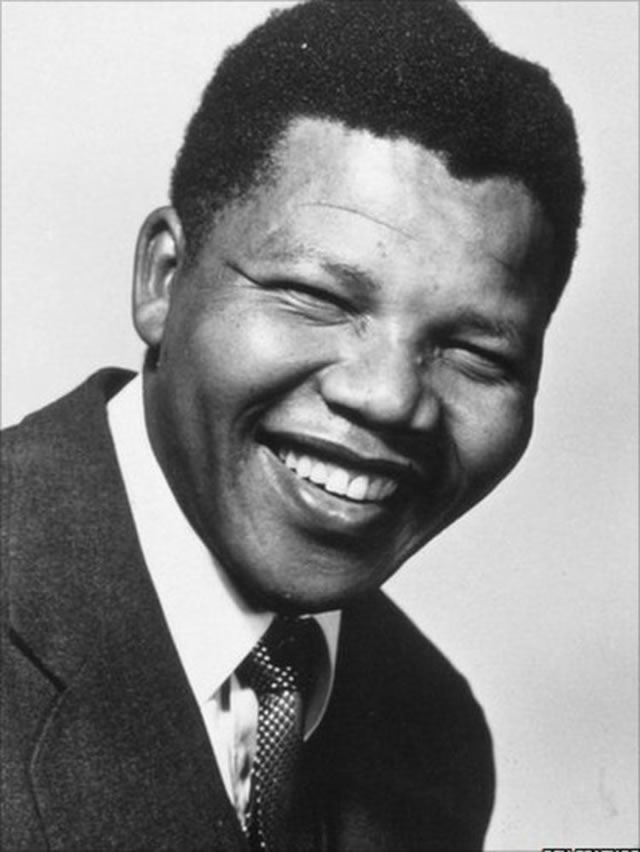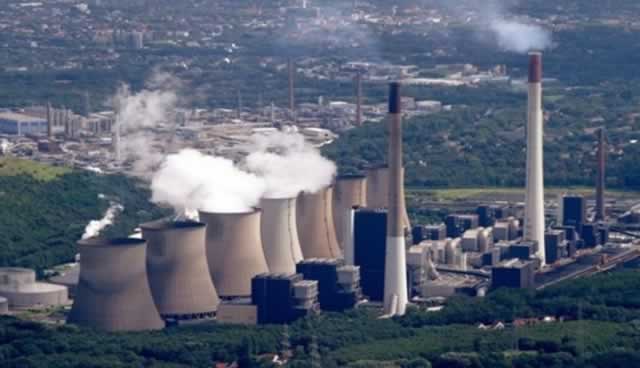Jury still out on Nelson Mandela’s Mossad links

 Hildegarde The Arena
Hildegarde The Arena
CHRISTOPHER Paolini says, “People have an annoying habit of remembering things they shouldn’t”, and historians fall in this category.
The problem, though, is that some of the things they remember are also annoying since they generate controversy, are misunderstood and misinterpreted, for the interpretations of history are timeless.
On December 20, 2013, Haaretz, an Israeli daily newspaper, published an exclusive story about the alleged military training which the late South African president Nelson Mandela underwent from Israel’s Mossad agents in Ethiopia, in 1962.
Following the Haaretz story, Israel’s state archive published the “Mandela-Mossad” document on its website.
Newswires all over the world picked up the story, but it was the heated debate that it generated that caught my attention.
The Haaretz report was treated like a blemish on the sainthood that had been bestowed on Mandela. Israel’s relations with Africa prior to the Arab-Israeli war of 1967 were lost as many online readers argued that this could not have been.
According to the Washington Post, Haaretz claimed that Mandela received paramilitary training from Israeli handlers in Ethiopia in mid-1962 – without them realising his true identity.
“The October 1962 memo, labelled ‘Top Secret’, suggests that Israeli trainers thought the man they later discovered was Mandela was from Rhodesia.
According to the memo, a man named ‘David Mobasari who came from Rhodesia’ met with officials several months earlier at the Israeli Embassy in Ethiopia, expressing interest in the tactics of Hagana, the pre-Israel Jewish resistance movement against British rulers.
“Only after Mandela was arrested and his picture was published did the Israelis realise his true identity, the letter says, referring to him as the “Black Pimpernel” as he was commonly referred to by apartheid South Africa’s media.
Of interest to this writer was why Mossad, one of the world’s most professional intelligence agencies, thought that “David Mobasari” (Mandela) was from Rhodesia (Zimbabwe).
Did Mandela call himself a Rhodesian and if so why? Was this a genuine slip on the part of Mossad or it was because Israel was tactfully protecting its relations with South Africa, for, Zimbabwe then was part of the Federation of Northern and Southern Rhodesia and Nyasaland.
Associated Press says they thought that he was from Rhodesia because the struggle against colonialism was gaining momentum in Zimbabwe in the early 60s, but they also forget that the winds of change were blowing across the whole continent.
By the time Mandela received military training, uMkhonto we Sizwe, the military wing of the ANC, had already been instituted, and he was the commander.
There are also denials and counter-denials about Mandela being in contact with the Israeli spy agency.
Although Mandela indeed received military training in Ethiopia, Haaretz offers an important element with its suggestion that the term “Ethiopians” was a code name for Israeli Mossad agents working in Ethiopia. This is an important piece in the puzzle.
“A letter from a Mossad official to the foreign ministry, dated October 11, 1962 titled ‘The Black Pimpernel’ and released to the public on December 22, recalls a conversation in which ‘we discussed a trainee in Ethiopia named David Mobasari, from Rhodesia’.
“The aforementioned was trained by the Ethiopians in judo, sabotage and weapons,” the letter read.
Although the Nelson Mandela Foundation confirmed that Mandela toured a number of African countries in 1962, and also received military training in Ethiopia, it says that there was no evidence of any contact with the Israelis. In a statement, the Foundation says: “In 2009, the Nelson Mandela Foundation’s senior researcher travelled to Ethiopia and interviewed the surviving men who assisted in Mandela’s training – no evidence emerged of any Israeli connection.”
The million dollar question is whether the Foundation is defending the indefensible because Mandela in his autobiography gives useful clues that can lead researchers to the truth.
In Chapter 48 of “Long Walk to Freedom” titled “The Black Pimpernel”, Mandela on pages 362-365, says: “Although I was sad to leave my friends in London, I was now embarking on what was to be the most unfamiliar part of my trip: military training.
“I had arranged to receive months of training from Addis Ababa. I was met there by Foreign Minister Yefu, who warmly greeted me and took me to a suburb called Kolfe, the headquarters of the Ethiopian Riot Battalion, where I was to learn the art and science of soldiering … My trainer as Lieutenant Wondoni Befikadu, an experienced soldier, who had fought with the underground against the Italians. Our programme was strenuous … I was lectured on military science by Colonel Tadesse, who was also assistant commissioner of police . . .
“I learned how to use an automatic rifle and a pistol and took target practice both in Kolfe with the Emperor’s Guard and at a shooting range about 50 miles away with the entire battalion. I was taught about demolition and mortar-firing and I learned how to make small bombs and mines – and how to avoid them. I felt myself being moulded into a soldier and began to think as a soldier thinks – a far cry from the way a politician thinks.
“What I enjoyed most were the ‘fatigue marches’ in which you are equipped with only a gun, bullets ad some water, and must reach a distant point within a certain time …
“In my study sessions, Colonel Tadesse discussed matters such as how to create a guerilla force, how to command an army and how to enforce discipline . . . the training course was meant to be six months long, but after eight weeks I received a telegram from the ANC urgently requesting that I return home. The internal armed struggle was escalating and they wanted the commander of MK on the scene . . .
“President Nyerere gave me a private plane to Mbeya, and I then flew directly to Lobatse. The pilot informed me that we would be landing in Kanye. This concerned me: why was the plan altered? In Kanye, I was met by the local magistrate and a security man, both of whom were white.
“The magistrate approached me and asked me my name. David Motsamayi, I replied. No, he said, please tell me your real name. Again, I said David Motsamayi, I replied. The magistrate said, ‘Please tell me your real name because I was given instructions to meet Mr Mandela . . . This was a quandary; I might be arrested either way. ‘If you insist that I am Nelson Mandela and not David Motsamayi, I said, ‘I will not challenge you.’”
We can doubt as much as we want, but how come Mandela’s alias was “David Motsamayi”, which is “David Mobasari” in the Israeli Mossad report? Was this sheer coincidence to have David in both reports with the last names somehow closely connected?
Some of the training routines mentioned in the Mossad report are not far off from what Mandela describes in his autobiography. Maybe military specialists from that period can shed more light.
These were complex times. If Mossad did not know “David Mobasari’s” true identity how was it possible for Mandela to easily identify them as well?
Maybe, Haaretz gave us a taste of the things to expect as governments the world over declassify documents on Nelson Rolihlahla Mandela.







Comments